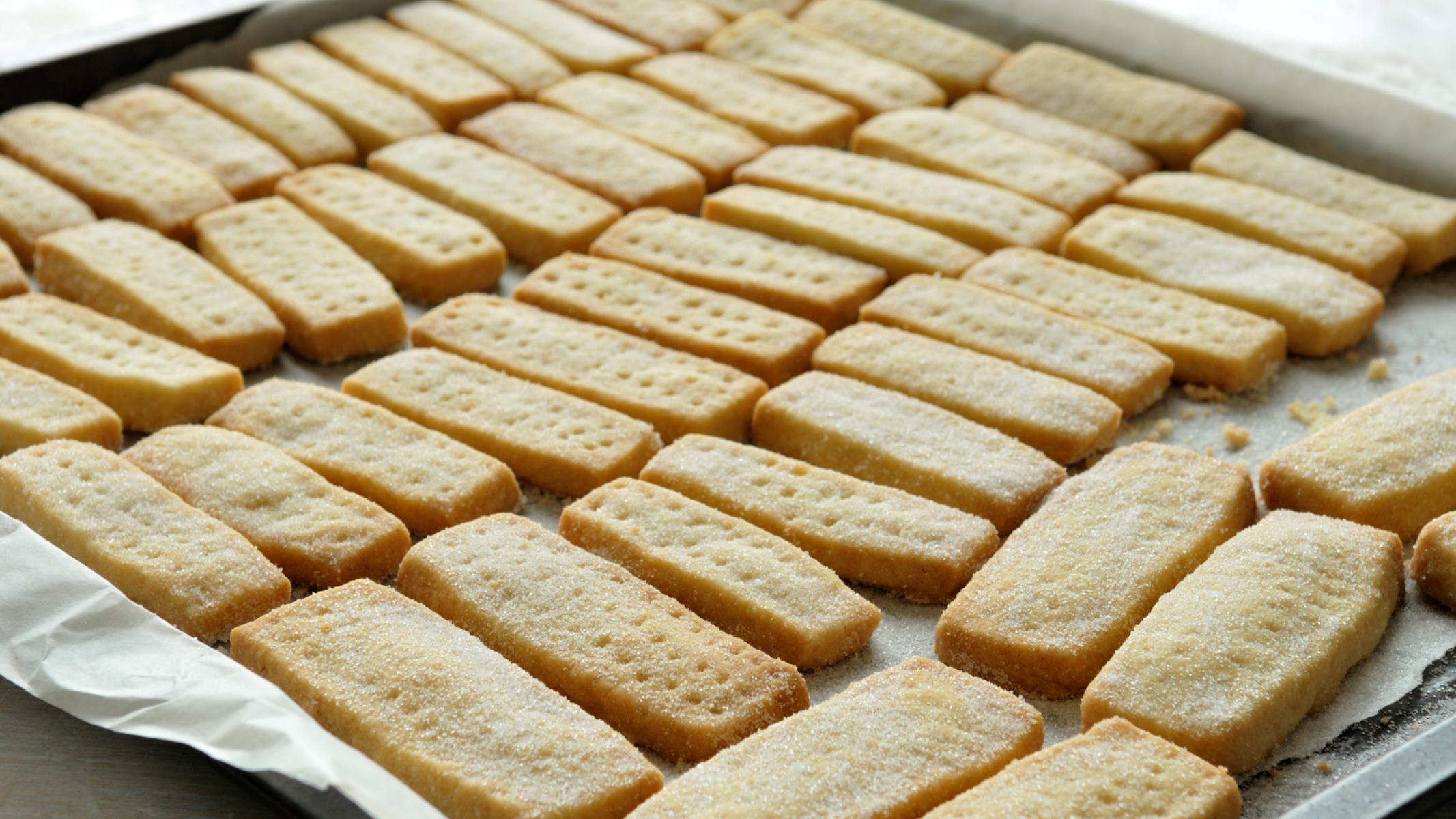

Articles
How To Store Shortbread
Modified: December 7, 2023
Learn the best techniques for storing shortbread in this informative article. Discover how to keep your shortbread fresh and delicious for longer.
(Many of the links in this article redirect to a specific reviewed product. Your purchase of these products through affiliate links helps to generate commission for Storables.com, at no extra cost. Learn more)
Introduction
Shortbread is a delicious and popular treat loved by many. Its rich buttery flavor and crumbly texture make it a perfect snack for any time of the day. Whether you’ve made a big batch of shortbread or received it as a gift, knowing how to store it properly is crucial to maintain its freshness and taste. In this article, we will explore the different methods of storing shortbread to help you enjoy it for an extended period.
When it comes to storing shortbread, the goal is to protect it from moisture, air, and heat. These factors can lead to the shortbread becoming stale, losing its crispness, and possibly developing mold. By following the right storage techniques, you can prolong the shelf life of your shortbread and keep it tasting its best.
In the following sections, we will discuss various storage options for shortbread, including room temperature storage, refrigeration, and freezing. We will also provide tips on proper packaging and how to extend the shelf life of your shortbread. So, let’s dive in!
Key Takeaways:
- Properly storing shortbread is crucial to maintain its freshness and flavor. Choose the right container, consider room temperature, refrigeration, or freezing, and follow proper packaging techniques to enjoy delicious shortbread for an extended period.
- Handle shortbread with care, avoid exposure to air, and store in small portions to extend its shelf life. Proper packaging, stable temperatures, and consuming the oldest batches first are key to preserving the delectable taste and texture of shortbread.
Read more: How To Store Shortbread Cookies
Choosing the Right Container
When it comes to storing shortbread, choosing the right container is essential. The container you use should provide an airtight seal to protect the shortbread from exposure to air and moisture. This will help maintain its freshness and prevent it from becoming stale.
Opt for a container that is made of a non-reactive material, such as glass or food-grade plastic. Metal containers can sometimes impart a metallic taste to the shortbread, so it’s best to avoid them.
If you have a decorative tin or cookie jar with a tight-fitting lid, that can work well for storing shortbread. Ensure that the interior is clean and dry before placing the shortbread inside. Avoid containers with any residual odors, as shortbread can easily absorb them.
If you don’t have a specific shortbread container, you can use a regular airtight container or resealable plastic bags. Just make sure the bags are tightly sealed to prevent air and moisture from getting in.
Remember, the key is to keep the shortbread in a container that provides a seal against air and moisture to preserve its freshness and extend its shelf life.
Room Temperature Storage
Storing shortbread at room temperature is a common method that allows it to maintain its texture and flavor for a short period. However, it’s important to follow certain guidelines to ensure the shortbread stays fresh.
First, find a cool, dry place in your kitchen or pantry to store the shortbread. Avoid areas near the stove or direct sunlight, as heat can cause the butter in the shortbread to melt and become greasy.
Before storing the shortbread, ensure that it has completely cooled to room temperature. Warm shortbread can create condensation inside the container, leading to a loss of freshness.
Place the shortbread in an airtight container, making sure it’s not overcrowded. If you’re using resealable plastic bags, remove as much air as possible before sealing.
Label the container with the date of storage so you can keep track of its freshness. Shortbread stored at room temperature is best consumed within a week to ensure optimal taste and texture.
Remember, room temperature storage is suitable for short-term use. If you want to store the shortbread for an extended period, it’s best to consider other methods such as refrigeration or freezing, which we will discuss next.
Refrigeration
If you plan to store your shortbread for a longer period, refrigeration can be an effective method. The cooler temperature of the refrigerator helps slow down the rate of spoilage and keeps the shortbread fresh.
Before refrigerating your shortbread, ensure that it is completely cooled to room temperature. This prevents condensation from forming inside the container, which can lead to a loss of texture and flavor.
Place the shortbread in an airtight container or wrap it tightly with plastic wrap. This helps maintain its moisture content and prevent it from absorbing any odors from other foods in the refrigerator.
Choose a designated spot in your refrigerator, away from foods with strong odors. Shortbread can easily pick up surrounding smells, so it’s best to keep it in a separate area.
It’s important to note that refrigeration may cause the shortbread to become slightly softer. This is due to the moisture in the fridge. However, the flavor and overall quality of the shortbread should remain intact.
When it’s time to enjoy your refrigerated shortbread, allow it to come to room temperature before serving. This will restore its original texture and ensure the best taste.
Refrigerated shortbread can typically last for up to two weeks. However, keep in mind that the longer it stays in the refrigerator, the more it may lose its crispness and become softer.
While refrigeration is a suitable method for storing shortbread, keep in mind that freezing can provide longer-term storage and preserve the freshness even better, which we will discuss next.
Store shortbread in an airtight container at room temperature. Layer with parchment paper to prevent sticking. It can also be frozen for up to 3 months.
Freezing Shortbread
If you want to extend the shelf life of your shortbread even further, freezing is the way to go. Freezing shortbread helps maintain its texture, flavor, and freshness for an extended period, making it a great option for long-term storage.
Before freezing your shortbread, it’s important to ensure that it is completely cooled to room temperature. This prevents any condensation from forming inside the packaging, which can cause the shortbread to become soggy.
Divide the shortbread into smaller portions or slices, depending on your preference. This makes it easier to thaw and consume only what you need, without having to defrost the entire batch.
Place the portions of shortbread in freezer-safe containers or resealable bags, ensuring that they are airtight to prevent freezer burn. If using bags, squeeze out as much air as possible before sealing.
Label the containers or bags with the date of freezing to keep track of its freshness. Shortbread can be stored in the freezer for up to three months, but for optimal taste, it is best consumed within the first month.
To thaw frozen shortbread, remove the desired portion from the freezer and let it thaw at room temperature for about 30 minutes to an hour. This allows the shortbread to regain its texture and flavor before serving.
It’s important to note that freezing can result in a slight change in texture, usually making the shortbread slightly crumbly. However, the flavor should remain intact, and it will still be a delightful treat to enjoy.
Freezing is an excellent method for preserving shortbread for an extended period, allowing you to savor its deliciousness whenever you desire.
Read more: How To Store Basil From Store
Proper Packaging
Proper packaging is crucial when it comes to storing shortbread. It helps protect the shortbread from air, moisture, and exposure to other odors, ensuring it stays fresh and flavorful.
When selecting packaging materials, prioritize those that provide an airtight and moisture-resistant seal. This can include airtight containers, resealable plastic bags, or aluminum foil.
If using a container, ensure that it is clean and dry before placing the shortbread inside. Any residue or moisture can impact the quality and freshness of the shortbread.
If using plastic bags, opt for freezer-safe bags that are thicker and more durable. Squeeze out as much air as possible before sealing to minimize the potential for freezer burn.
For added protection, wrap individual portions or slices of shortbread with plastic wrap before placing them in the container or bag. This extra layer helps prevent moisture from seeping in and keeps the shortbread fresher for longer.
Label the packaging with the date of storage, especially if you have multiple batches or different storage methods. This helps you keep track of the freshness and ensures you consume the oldest shortbread first.
Proper packaging is essential not only for storing shortbread but also for maintaining its quality and taste. By taking these extra steps, you can enjoy freshly baked shortbread for an extended period.
Tips for Extending Shelf Life
While following the proper storage methods is essential, there are a few additional tips you can keep in mind to further extend the shelf life of your shortbread:
- Handle with Care: Shortbread is delicate and can easily break. Handle it with care when storing and retrieving it to avoid any damage.
- Avoid Exposure to Air: Air can cause the shortbread to become stale. Always seal the containers or bags tightly to minimize air contact.
- Store in Small Portions: If you have a large batch of shortbread, consider dividing it into smaller portions. This allows you to thaw and consume only what you need, keeping the rest fresh.
- Keep Away from Moisture: Moisture can lead to the shortbread becoming soggy or developing mold. Ensure that the shortbread is completely cooled before packaging it and storing it in a dry place.
- Avoid Temperature Fluctuations: Rapid changes in temperature can affect the texture and taste of the shortbread. Keep it in a stable environment, away from direct sunlight or heat sources.
- Rotate Stored Shortbread: If you have multiple batches or different storage methods, make sure to consume the oldest shortbread first. This ensures that none of it goes to waste.
- Don’t Refreeze Thawed Shortbread: Once you have thawed frozen shortbread, it’s best not to refreeze it. This can negatively impact the texture and quality of the shortbread.
By following these tips, you can enhance the shelf life of your shortbread and enjoy it at its best quality for an extended period.
Conclusion
Properly storing shortbread is essential to maintain its freshness, texture, and flavor. By following the right storage methods, you can extend the shelf life of your shortbread and enjoy it for a longer period.
Choosing the right container, whether it’s an airtight tin, airtight container, or resealable plastic bags, is crucial in preventing air and moisture from reaching the shortbread. This helps retain its crispness and prevents it from becoming stale.
Room temperature storage is suitable for short-term use, while refrigeration can help prolong the shelf life for a couple of weeks. Freezing provides even longer-term storage, allowing you to enjoy freshly baked shortbread for up to three months.
Proper packaging, such as using airtight containers or bags and wrapping individual portions, further helps protect the shortbread from air, moisture, and odors. Labeling the packaging with the date of storage allows for easy tracking of freshness.
In addition to the storage methods, following tips like handling the shortbread with care, avoiding exposure to air, and maintaining stable temperatures can further extend the shelf life of your shortbread.
Remember, shortbread is at its best when consumed fresh. While proper storage techniques can help prolong its shelf life, it’s always recommended to enjoy it within a reasonable time frame to savor its delectable taste and texture.
Now that you have a comprehensive understanding of how to store shortbread, you can confidently preserve its deliciousness and enjoy it whenever your cravings strike. So go ahead, bake a batch of shortbread, store it using these guidelines, and indulge in this delectable treat whenever you desire.
Frequently Asked Questions about How To Store Shortbread
Was this page helpful?
At Storables.com, we guarantee accurate and reliable information. Our content, validated by Expert Board Contributors, is crafted following stringent Editorial Policies. We're committed to providing you with well-researched, expert-backed insights for all your informational needs.
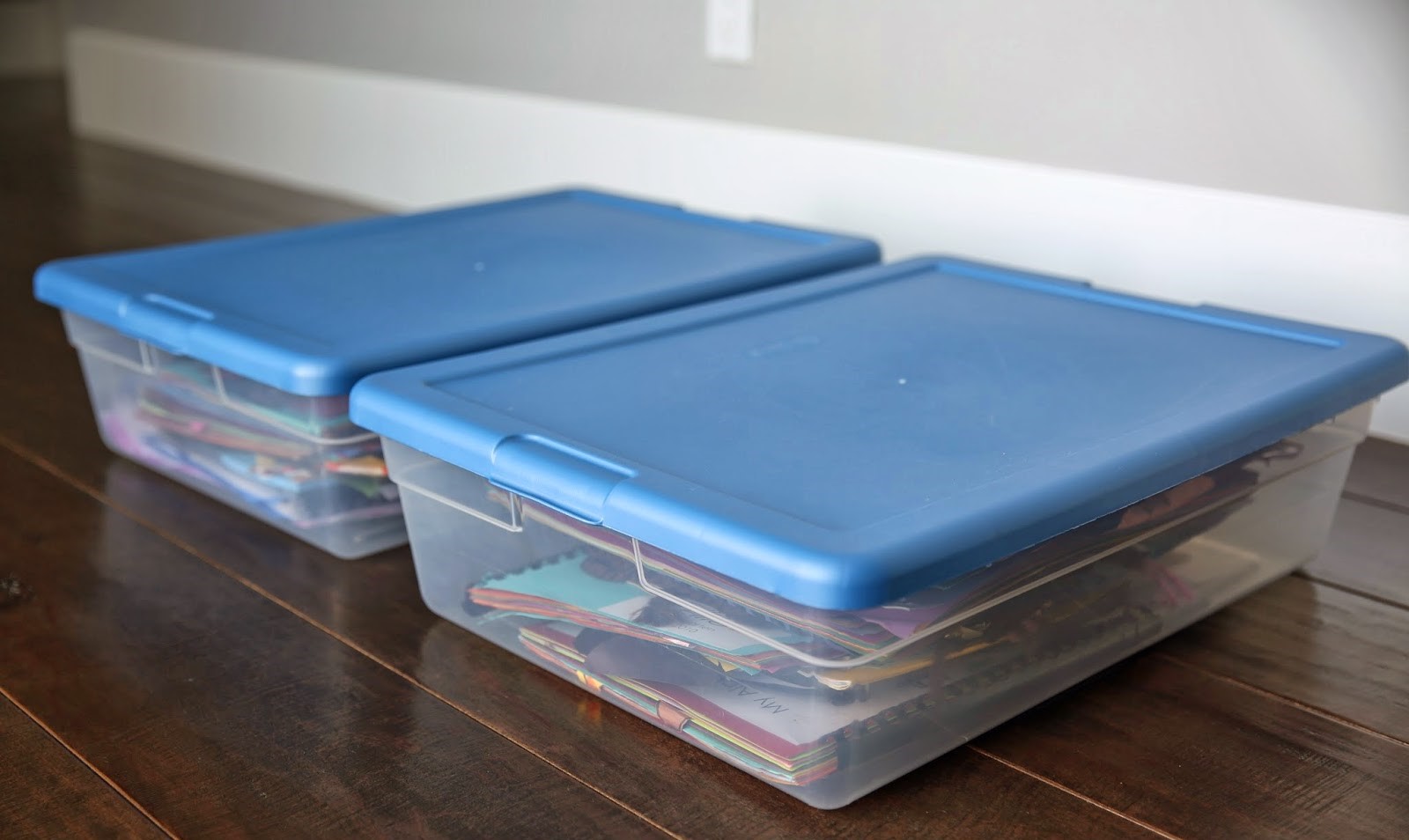

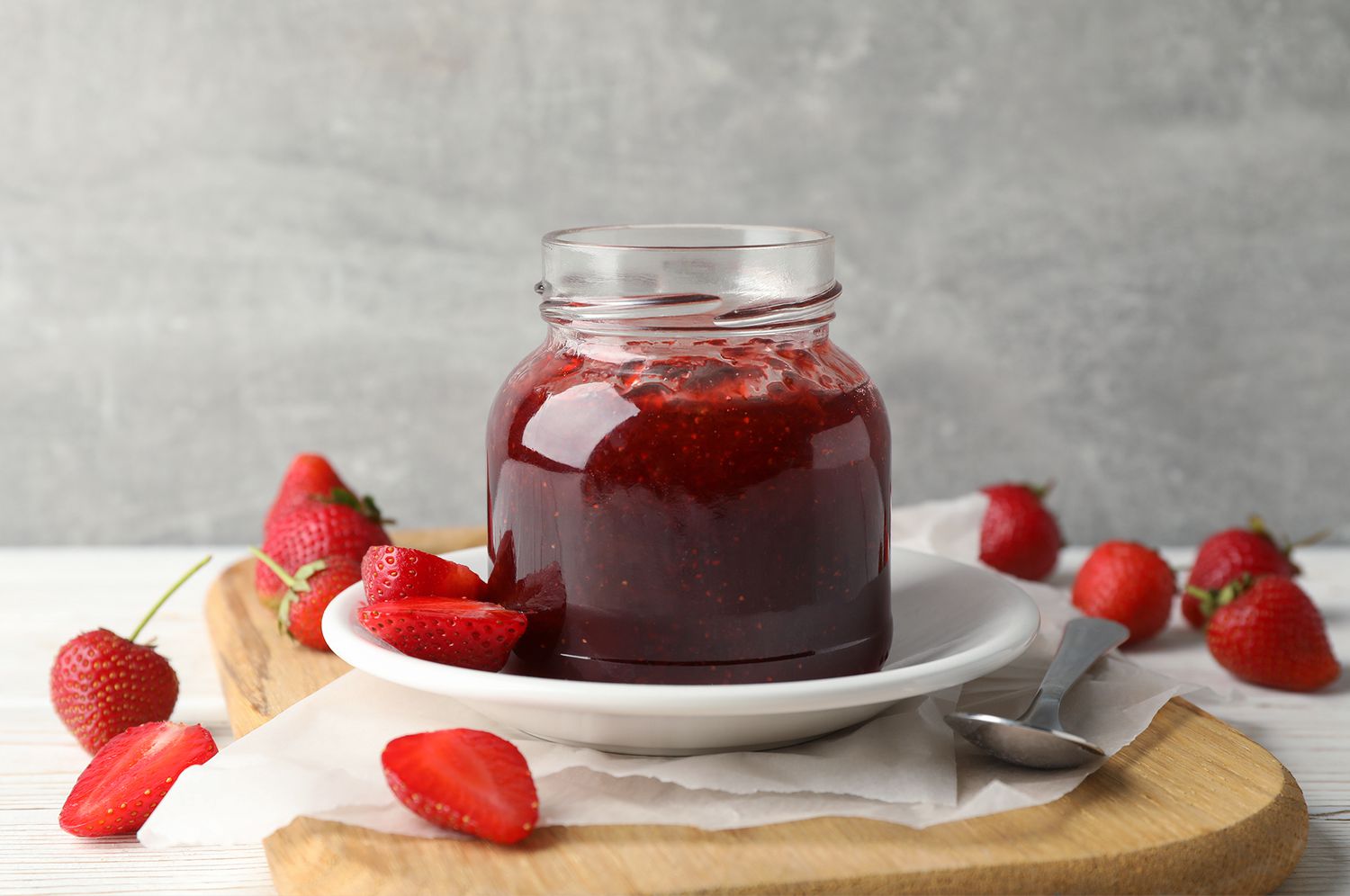
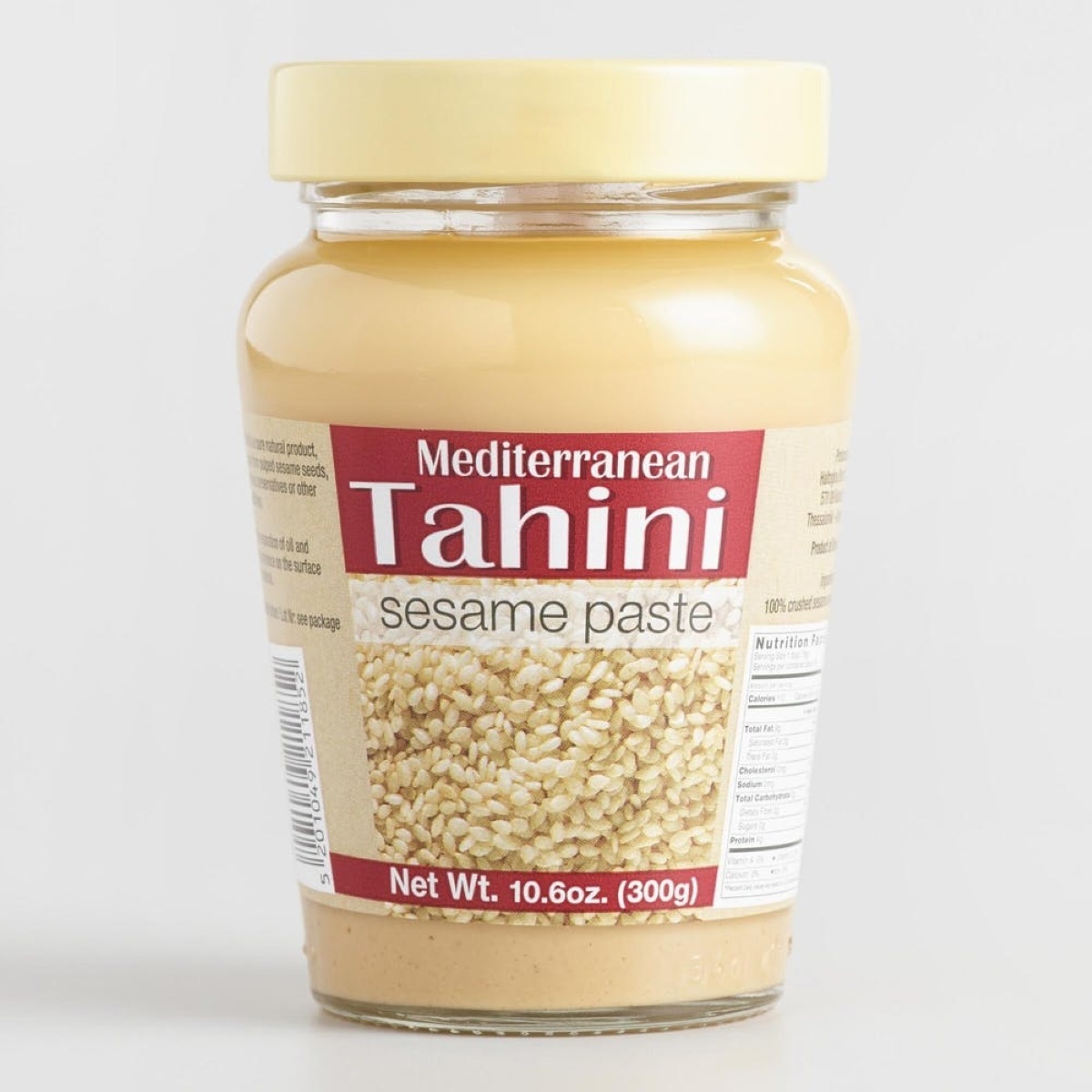


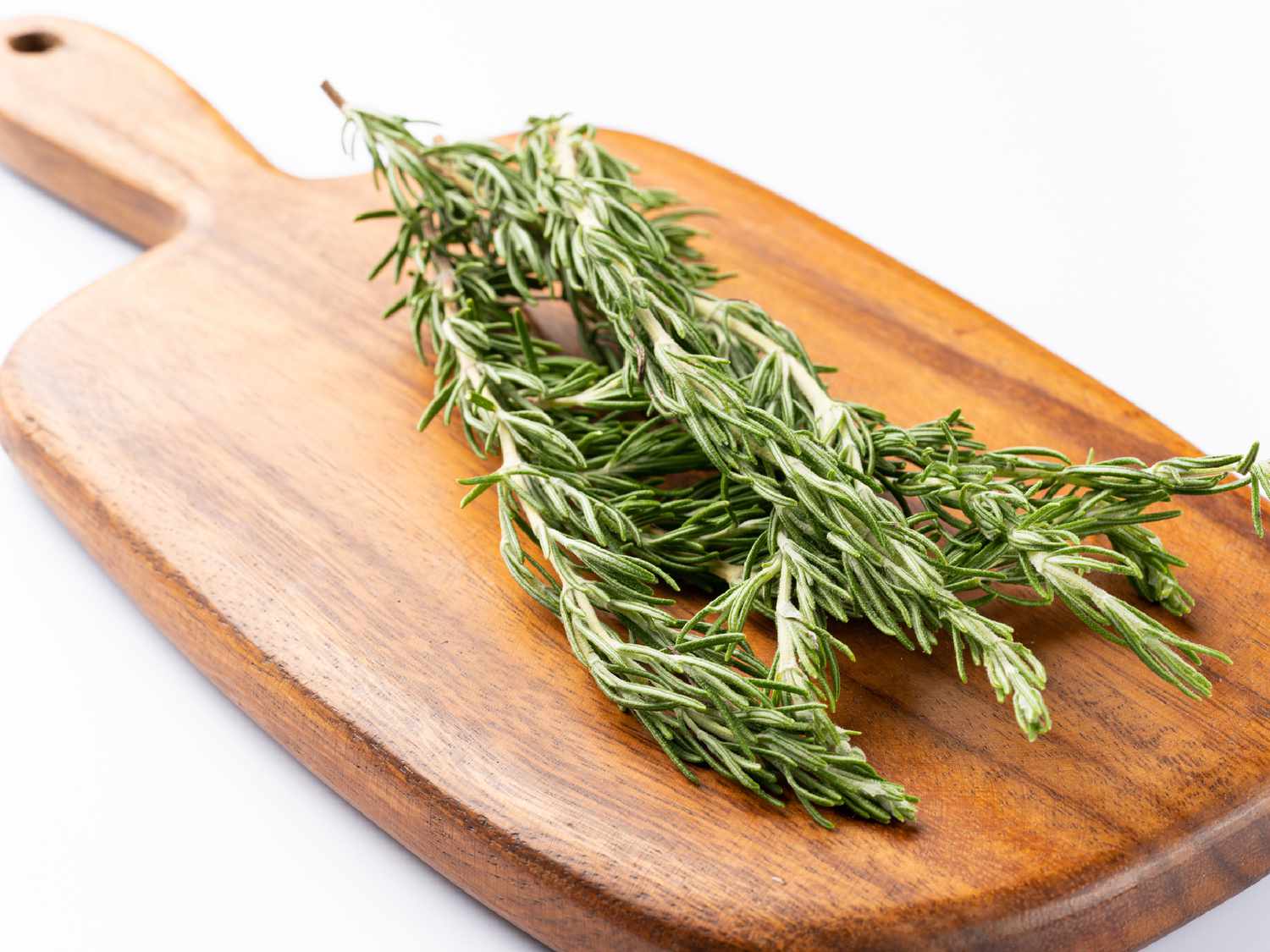
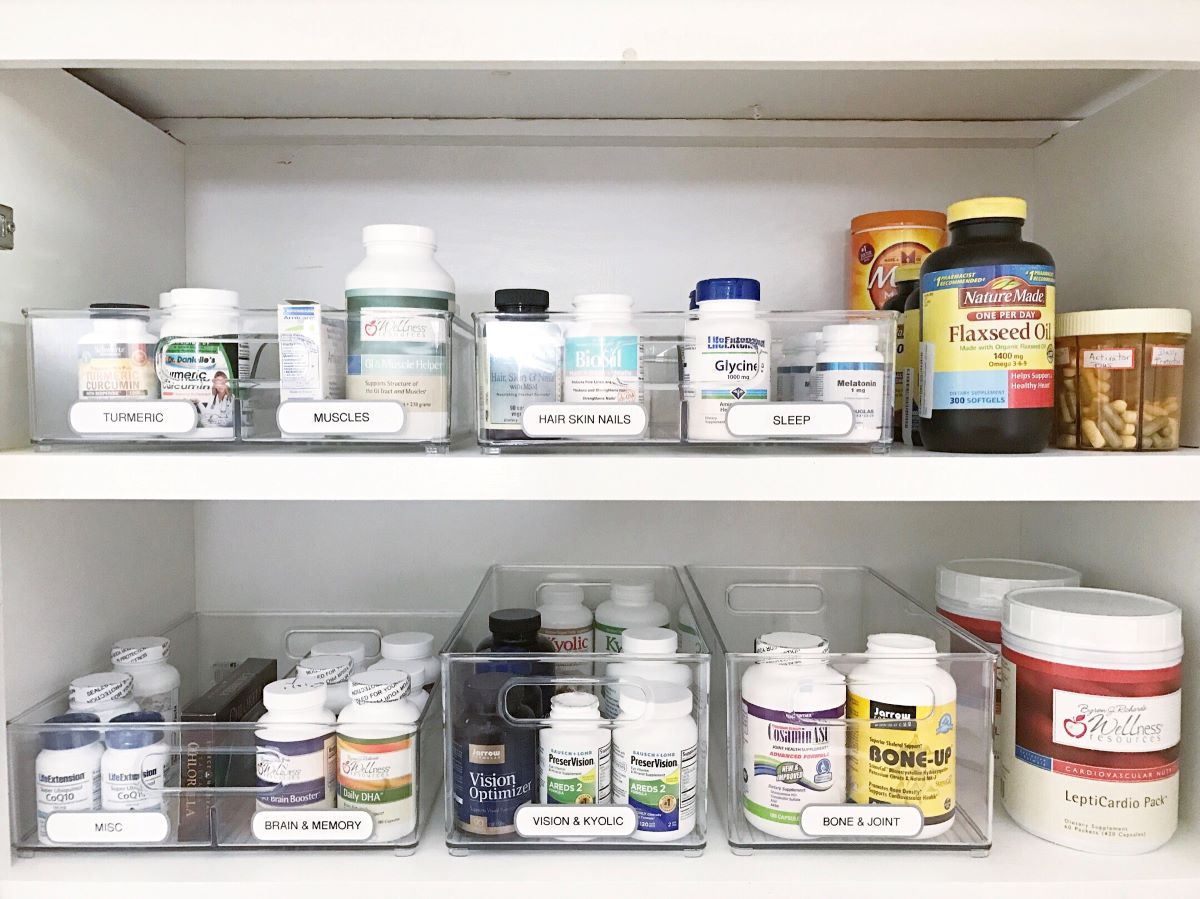
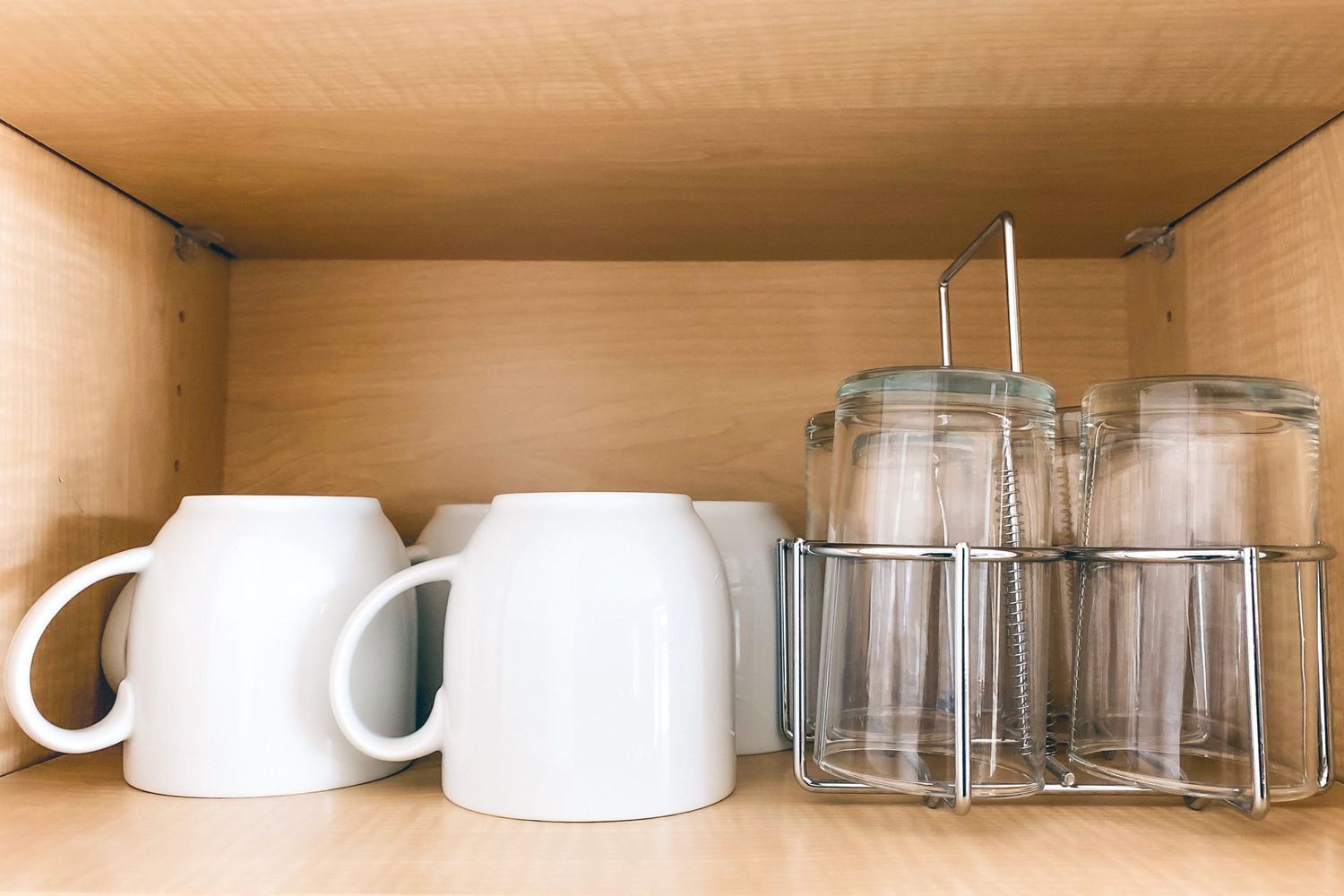

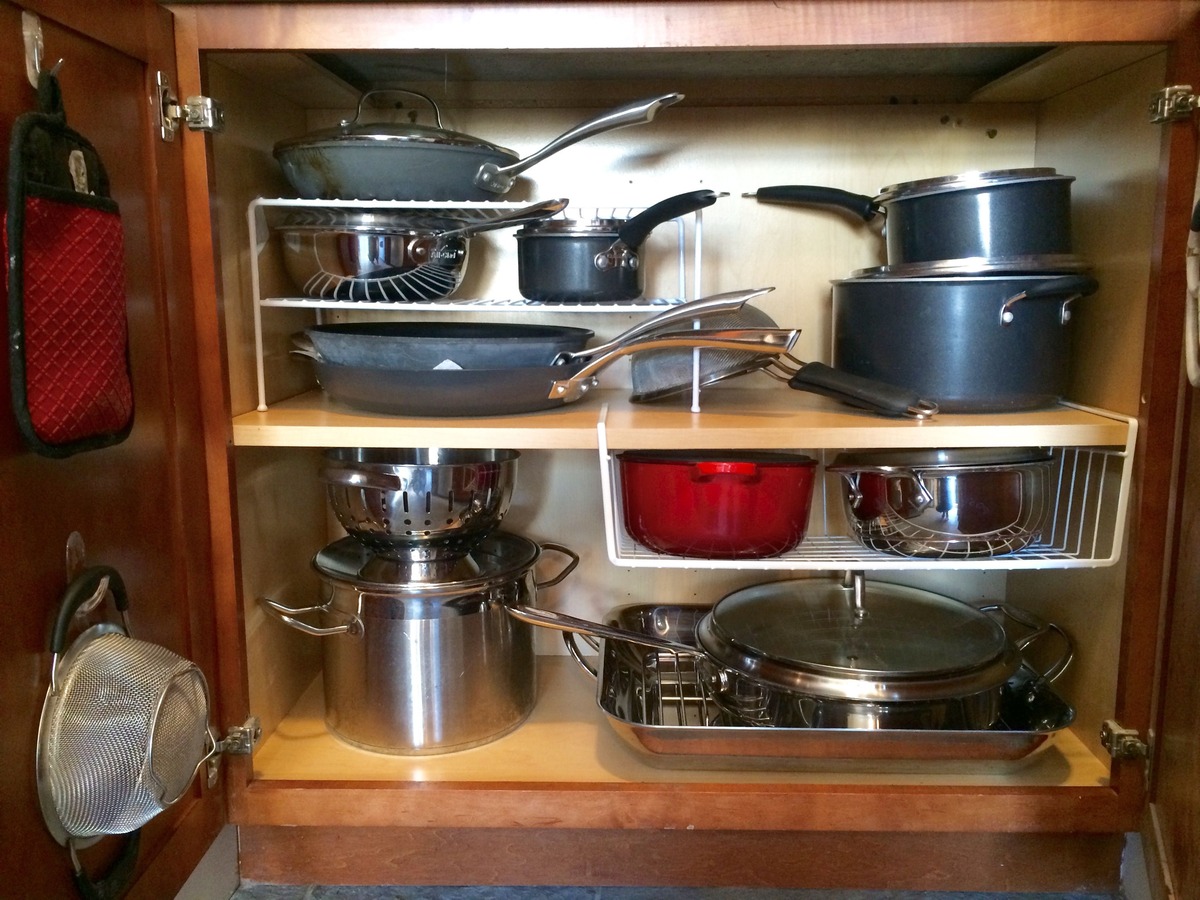

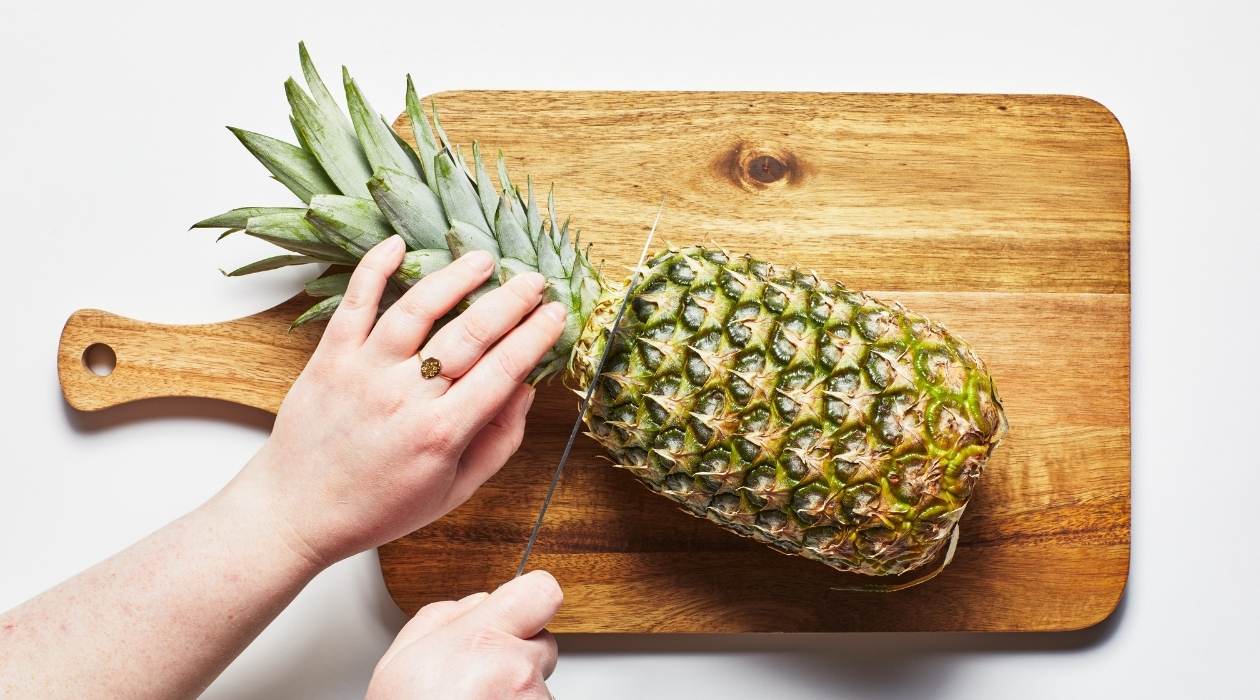
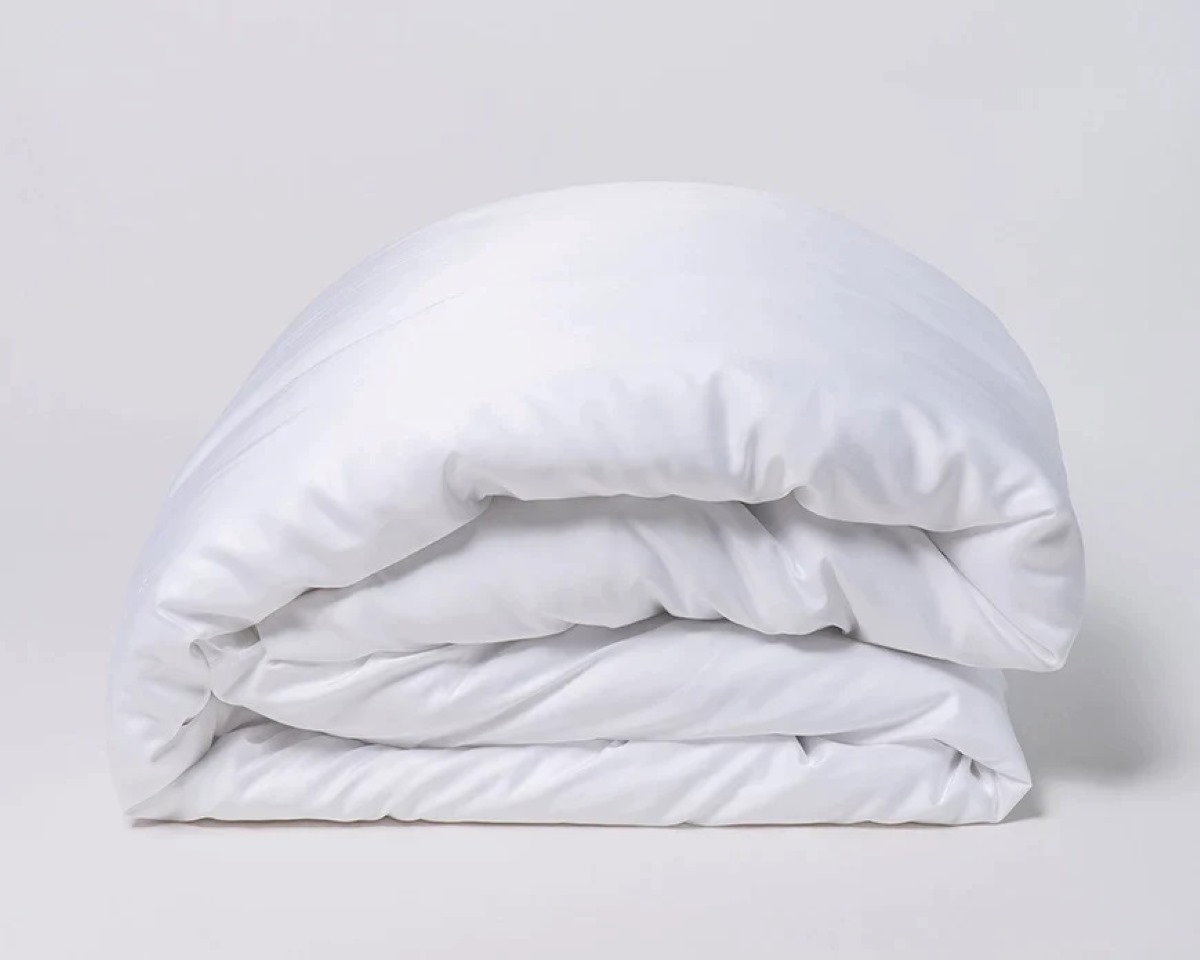

0 thoughts on “How To Store Shortbread”